Friday, February 13, 2009
Hanoi: The Chinese Connection
For most of my time in Asia, I've lived and traveled in what I call "The Chinaverse" (Chinese universe). By this, I mean China, Hong Kong, Macau, Taiwan, Singapore, and arguably Malaysia. After visiting Hanoi, I wondered whether I should add Vietnam to the list.
As I rode the cramped "airport minibus" (really a minivan) from the airport into downtown Hanoi, I was struck by the dirty and dilapadated countryside. I saw filthy street markets, broken buildings, and swarms of motorbikes violating every rule of traffic known and unknown to man.
The last time I saw that kind of poverty, it was when I took a public bus from Shanghai to Qingpu, a squalid industrial suburb bordering the city. Vietnam was already seeming more like mainland China than any of the other places in the Chinaverse I'd been to.
Indeed, pundits like to think of Vietnam as a mini-China, or even "the next China." A hardworking, highly entrepeneurial people coupled with a government that's embracing the free market is a recipe for fast economic growth. There is talk of corporations that are developing a "China plus one" strategy, to have Vietnam as a backup supplier if things go awry in the mainland. Translated: if workers start demanding--and getting--higher wages.
Despite the economic slowdown, Hanoi seemed as busy as any other city, with lots of building going on. For me, that's lost its novelty, because it appears like half of Asia is under construction at any given moment. I got my fill of hearing the sound of drilling, welding and sawing when I lived in China.
My interest in Vietnam came about in a strange way. I didn't have a Vietnamese girlfriend, I wasn't a war-history buff, and never really got into the Vietnamese scene in Hawaii. It wasn't until my friend Thomas introduced me to Madame Jill's, a Vietnamese restaurant in Taipei, that I started down the road to Hanoi. The food was great. Like Chinese food, but less oily.
I couldn't wait to try the real thing in Hanoi. The reality was a bit disappointing: street food really lives up to its name in Vietnam. People eat on low plastic tables and sit on small plastic stools on the cracked sidewalks. Everything just seems really unsanitary, compared to street food in places like Malaysia.
Atmosphere can make a big difference in the food. Madame Jill's has a terrific ambiance, so my expectations were probably too high. When I travel to less modern areas, sometime I have to take a deep breath and remind myself that the term "developing country" means that it still isn't finished, so I need to give the place a break.
Then I heard about Quan An Ngon. The idea behind the restaurant was to hire the best street vendors to be cooks, and move the setting to a pleasant courtyard. Sounded like a winner to me.
Two Canadians, Jaime and Jaime, a couple from Toronto, joined me on my culinary quest. I happily ordered my favorite dishes. Here are a few of them:
All the food was amazingly good. The spring rolls were divine. They practically melted in my mouth, it was like I barely had to chew. I'm addicted to those things.
The atmosphere was also fun. The chatter of conversation and the clatter of bowls was balanced with the elegance of the polished wooden tables and a white overhead canopy. The staff were attentive and sported neo-traditional uniforms.
The other highlight of Hanoi was the Temple of Literature. While the temple itself and the surrounding grounds were nice, my favorite part was the sidewalk market just outside it. Artists and calligraphers had set up shop on the street to sell their wares.
Many of the old men were drawing Chinese characters. That and the Chinese temple nearby made me feel like I was back in Beijing. Although Vietnam did exhibit some French influence in the "tube houses" and baguettes, I couldn't shake the Chinese connection. Makes sense, since Vietnam was a French colony for about 70 years, but it was a vassal state of China for 1,000 years.
I feel like a cultural surgeon nowadays. I always try to dissect a country to find out which parts of its culture came from other countries. Every new place seems to remind me other destinations I've been to.
To end this blog post, here are more photos of local people:
Subscribe to:
Post Comments (Atom)
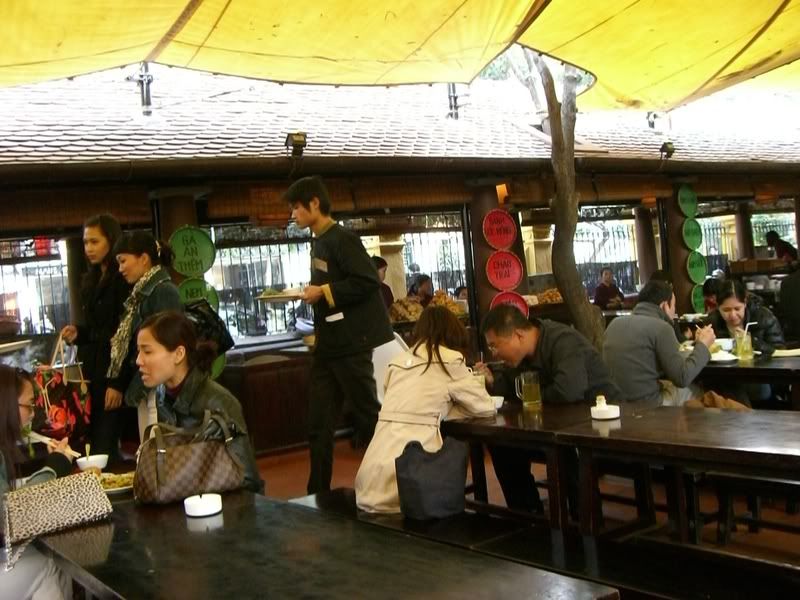
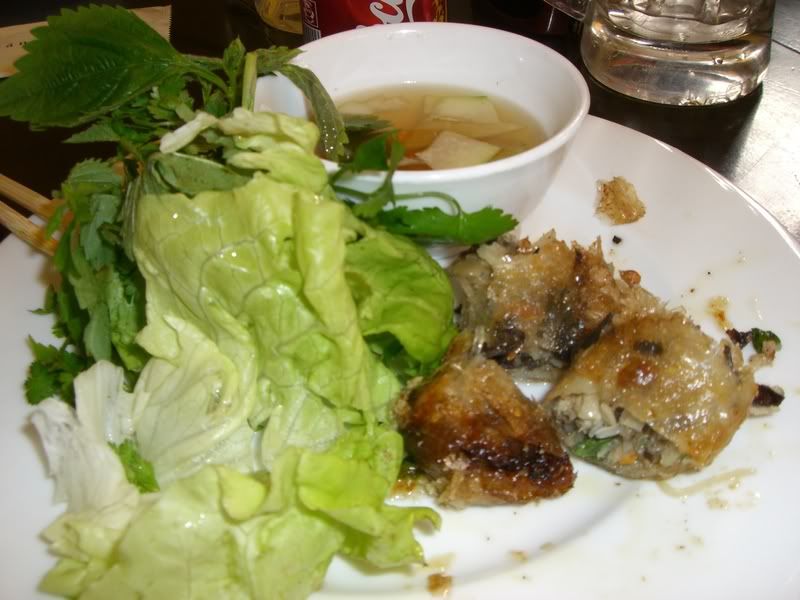
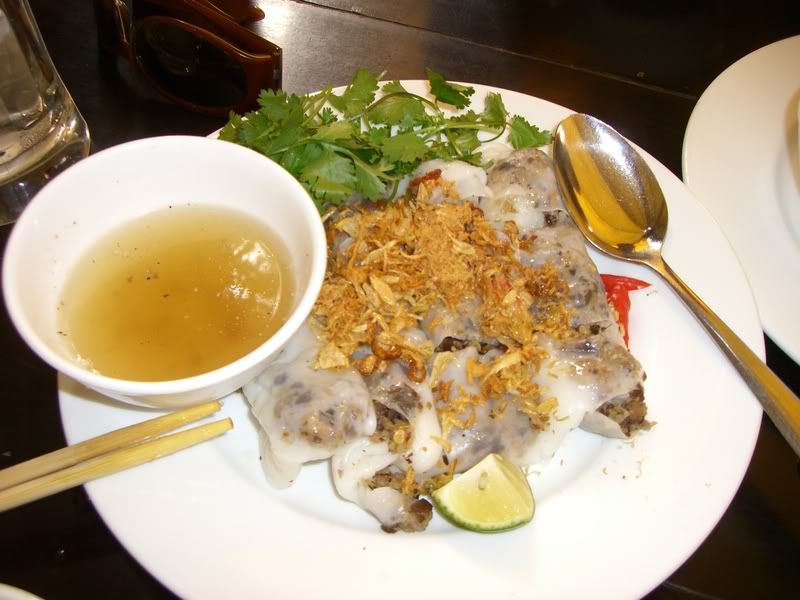
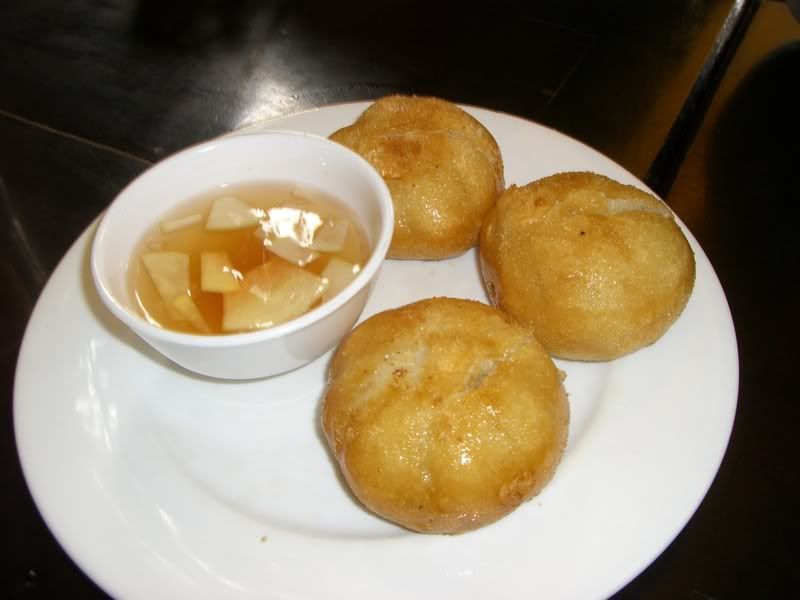
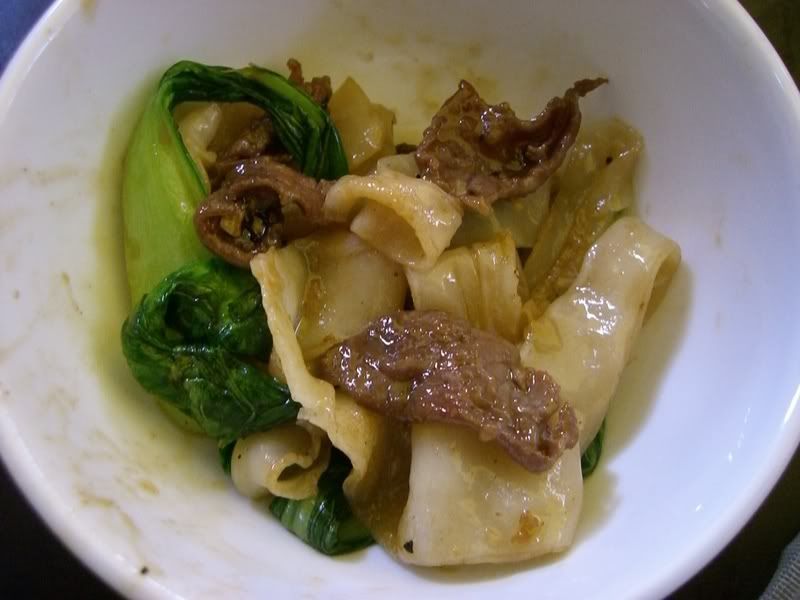
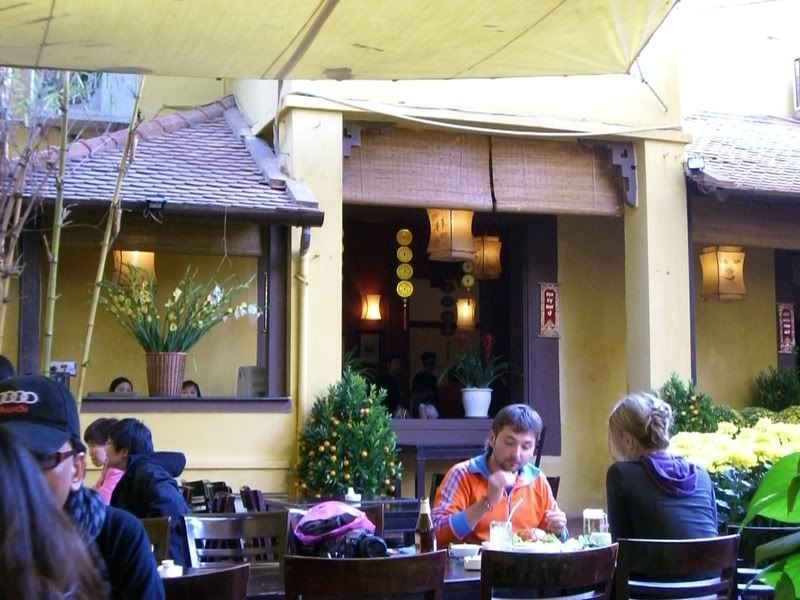



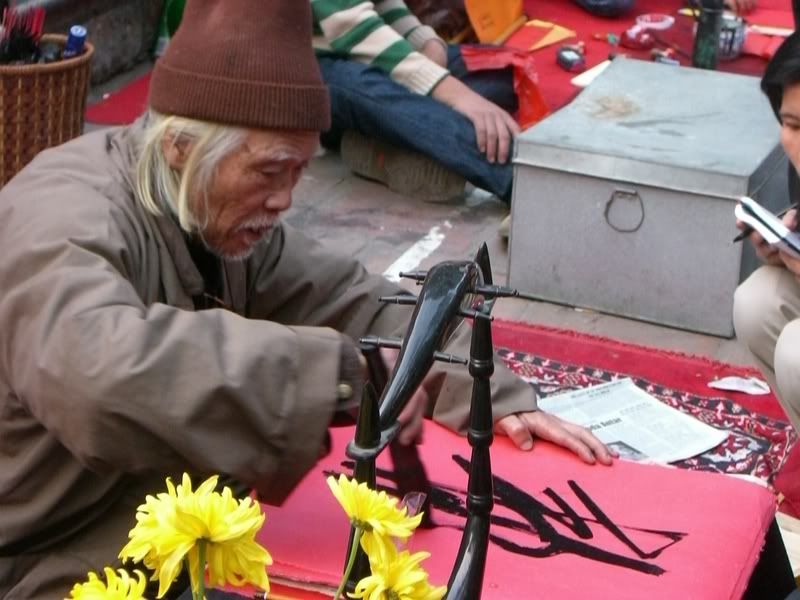
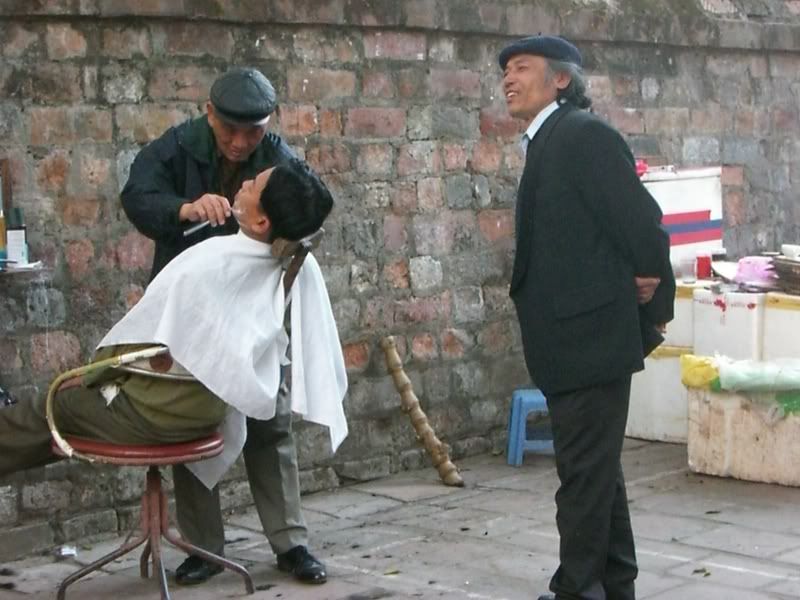

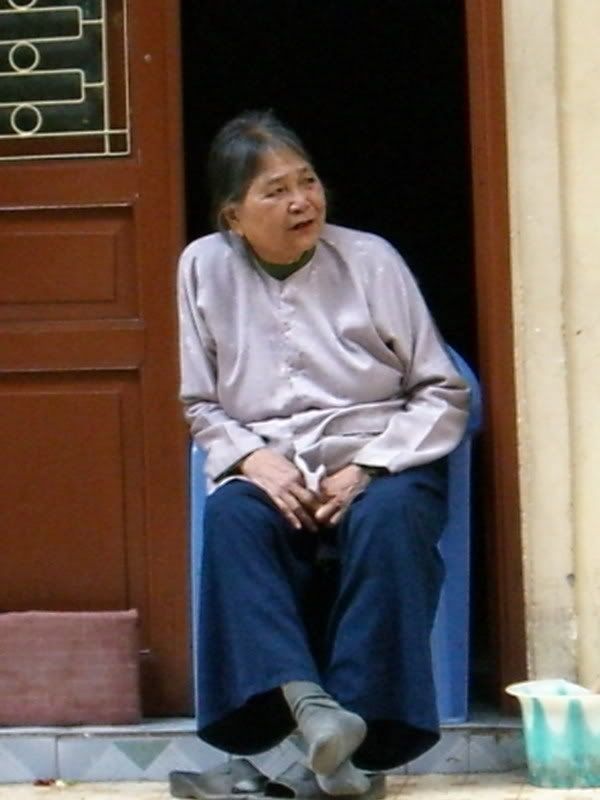




1 comment:
eva air vn
vé máy bay đi mỹ bao nhiêu tiền
mua vé máy bay korean air
khuyến mãi vé máy bay đi mỹ
săn vé máy bay giá rẻ đi canada
Những Chuyến Đi Cuộc Đời
Du Lich Tu Tuc
Kien Thuc Du Lich
Post a Comment